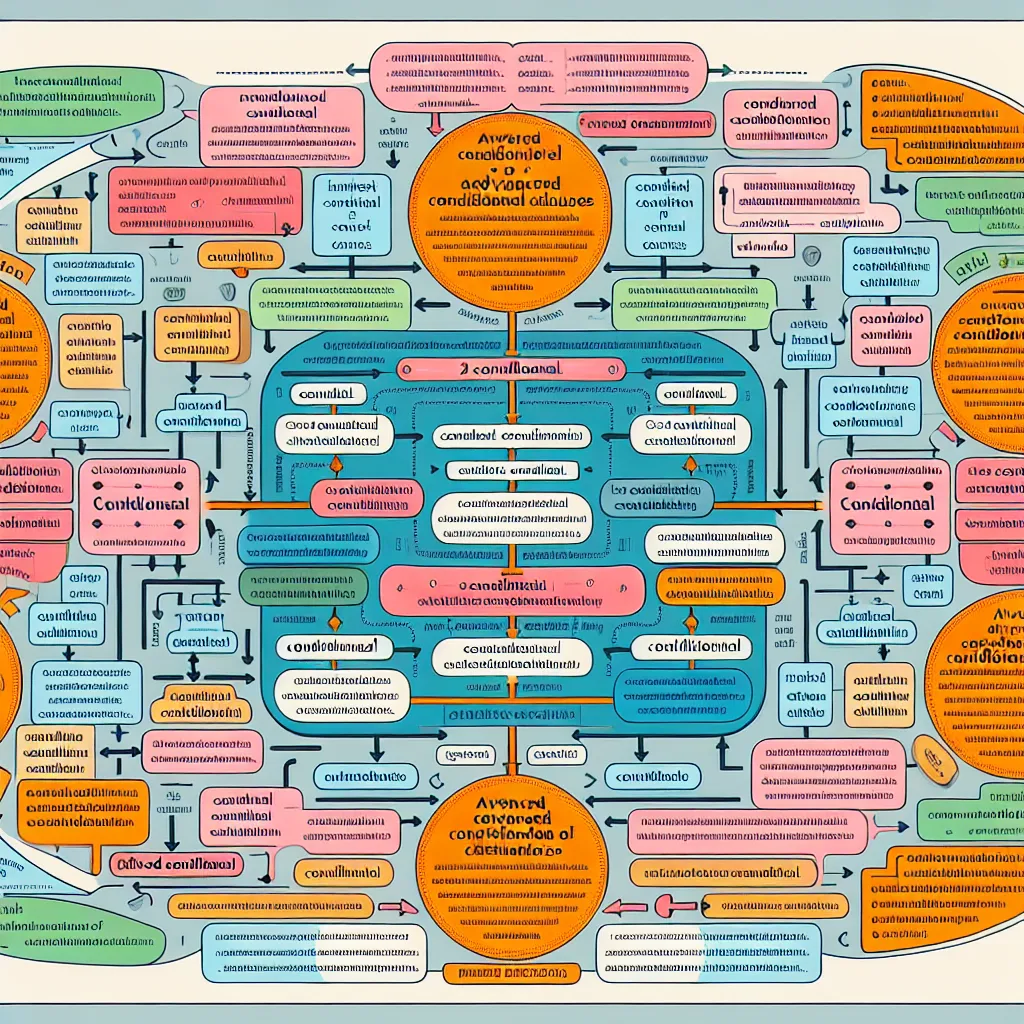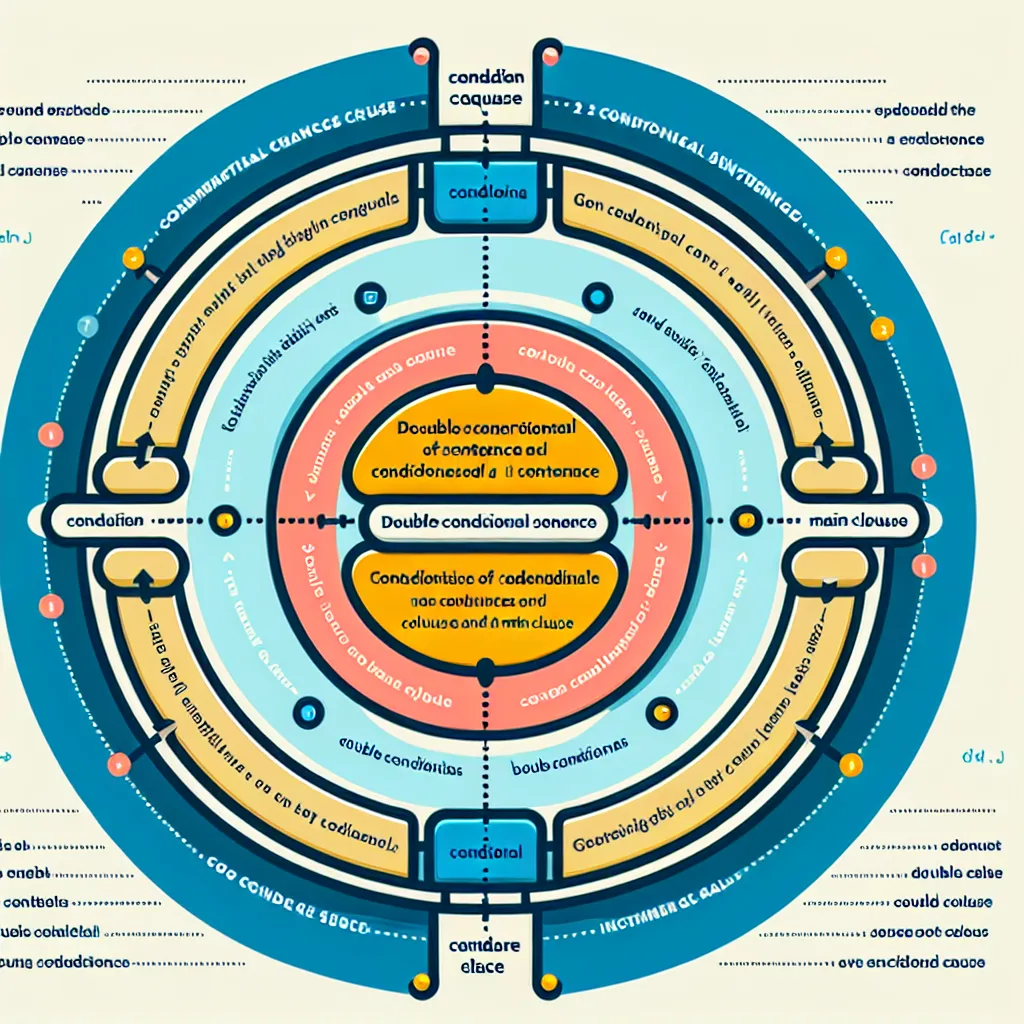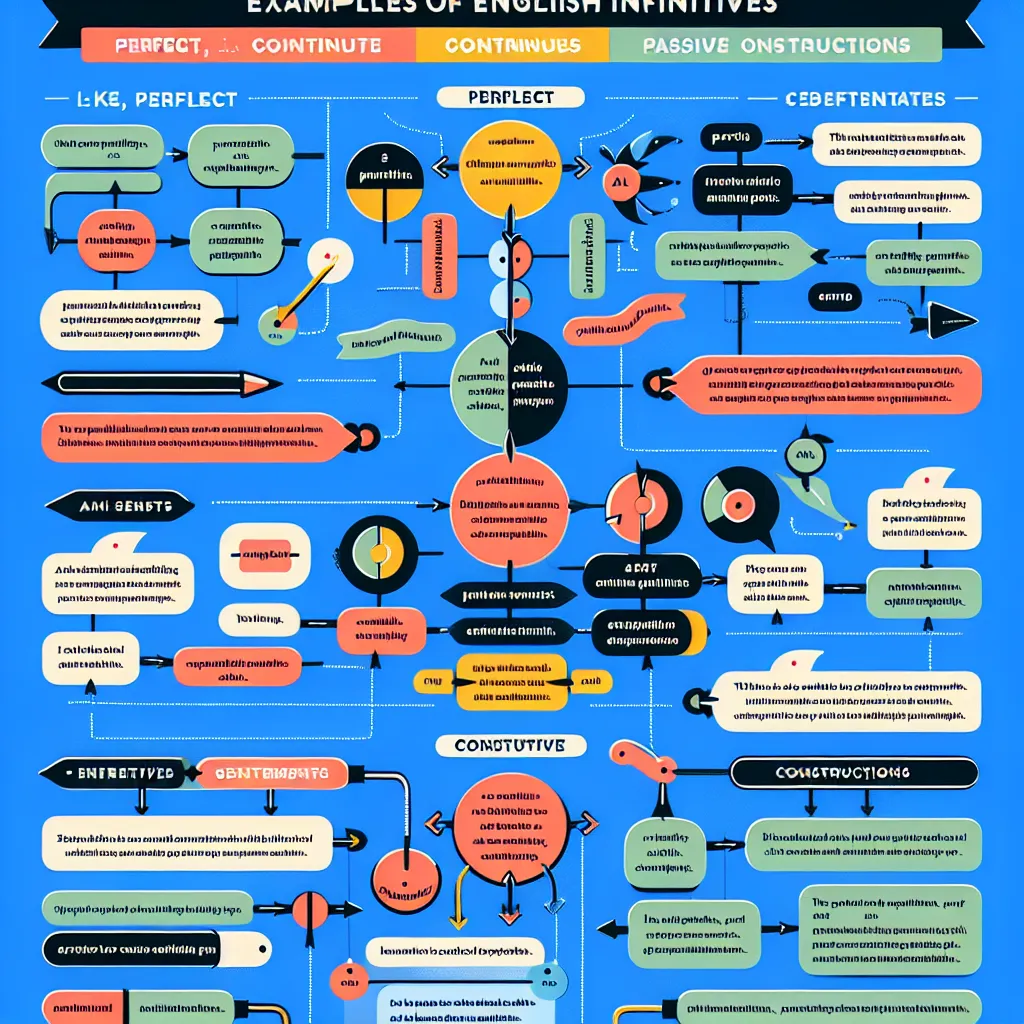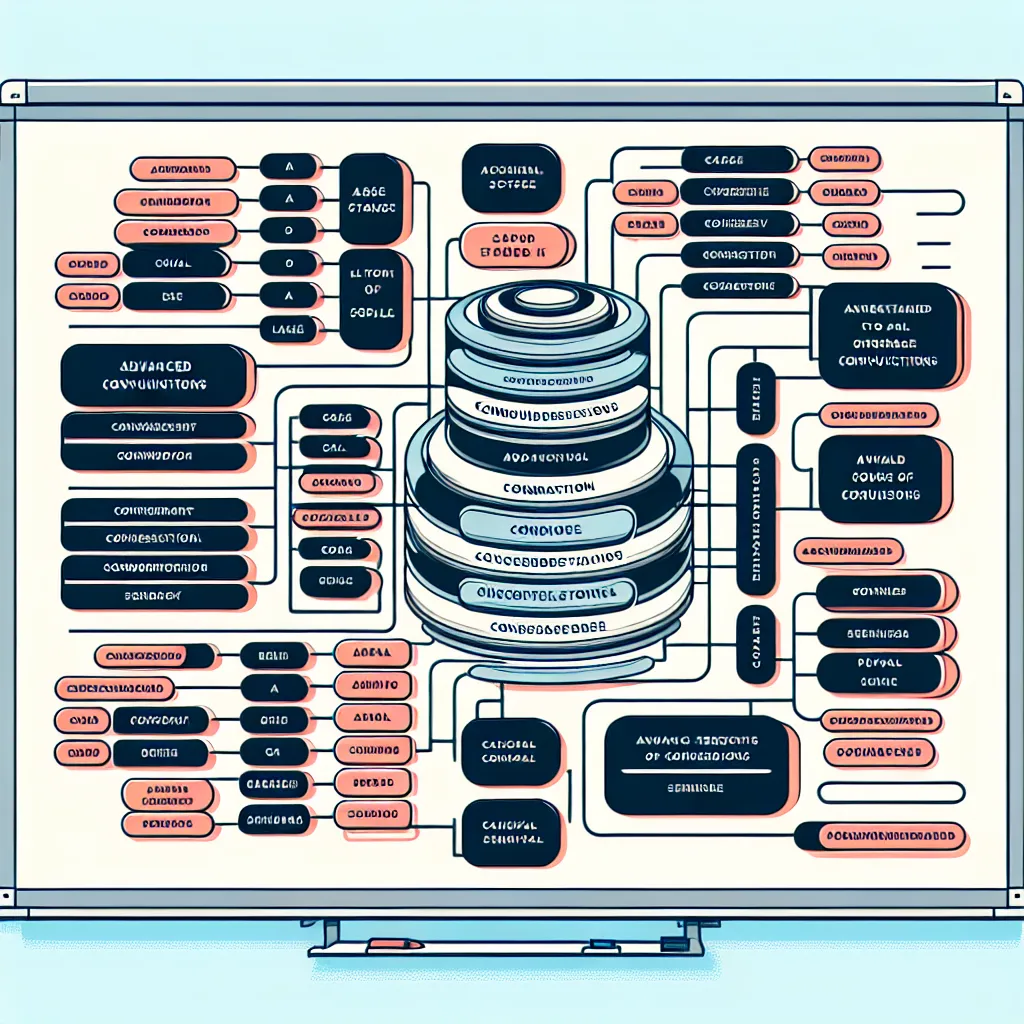Are you looking to take your English grammar skills to the next level? Mastering The Use Of Advanced Conditional Clauses is a crucial step in achieving fluency and precision in your language. This guide will provide you with expert tips, practical examples, and effective strategies to help you navigate the complexities of advanced conditionals.
Understanding Advanced Conditional Clauses
Advanced conditional clauses are sophisticated grammatical structures that express hypothetical or imaginary situations and their potential consequences. They go beyond the basic “if…then” format, incorporating complex tenses and nuanced meanings. Mastering these structures is essential for expressing subtle ideas, discussing abstract concepts, and demonstrating a high level of English proficiency.
 Advanced conditional clauses diagram
Advanced conditional clauses diagram
Types of Advanced Conditional Clauses
- Mixed Conditionals
- Inverted Conditionals
- Double Conditionals
- Implied Conditionals
Let’s explore each type in detail and learn how to use them effectively.
Mastering Mixed Conditionals
Mixed conditionals combine different time frames, allowing you to express more complex scenarios. They typically blend past, present, and future references.
Example:
“If I had studied harder in school (past), I would have a better job now (present).”
This sentence combines a past condition with a present result, illustrating a cause-effect relationship across different time periods.
Practice Exercise:
Create three sentences using mixed conditionals, combining different time frames. For example:
- Past condition → Present result
- Present condition → Past result
- Past condition → Future result
Inverted Conditionals: Adding Sophistication to Your Speech
Inverted conditionals omit ‘if’ and invert the subject and auxiliary verb. They add a formal and sophisticated tone to your language.
Example:
Instead of saying: “If I were you, I would accept the offer.”
You can say: “Were I you, I would accept the offer.”
Tips for Using Inverted Conditionals:
- Use them sparingly in spoken English
- Practice with common phrases first
- Pay attention to verb forms, especially with ‘had’ and ‘should’
For more advanced grammar tips, including the use of complex relative clauses, check out our article on how to master complex relative clauses.
Double Conditionals: Expressing Complex Scenarios
Double conditionals involve two conditional clauses in the same sentence, allowing for more nuanced expression of cause and effect.
Example:
“If it had rained yesterday, if the forecast had been correct, we would have cancelled the picnic.”
This structure allows you to express multiple conditions and their interdependent outcomes.
 Double conditional sentence structure
Double conditional sentence structure
Exercise:
Write two sentences using double conditionals, focusing on:
- A work-related scenario
- A personal decision-making process
Implied Conditionals: Subtlety in Expression
Implied conditionals do not use ‘if’ but still convey a conditional meaning. They require a strong grasp of context and nuance.
Example:
Instead of saying: “If you need any help, just ask.”
You can imply the condition: “Should you need any help, just ask.”
Tips for Mastering Implied Conditionals:
- Study common phrases and expressions
- Practice recognizing implied conditions in literature and formal writing
- Use them in your own writing to add variety and sophistication
For more insights on advanced grammar for specific purposes, such as technical writing, visit our guide on advanced grammar for technical proposals.
Common Mistakes to Avoid
- Mixing up tense consistency in mixed conditionals
- Overusing inverted conditionals in casual speech
- Creating overly complex sentences with double conditionals
- Misinterpreting implied conditionals due to lack of context
Practical Application and Exercises
To truly master advanced conditional clauses, regular practice is key. Here are some exercises to help you solidify your understanding:
- Rewrite basic conditionals as advanced ones
- Analyze conditional structures in academic texts or literature
- Create dialogues using various types of advanced conditionals
- Transform direct speech into reported speech using conditionals
For a comprehensive set of advanced grammar rules, refer to our article on English grammar rules for advanced learners.
Next Steps in Your Grammar Journey
Once you’ve mastered advanced conditional clauses, consider expanding your knowledge to other complex grammatical structures. Focus on:
- Perfect and continuous aspect combinations
- Advanced passive constructions
- Subjunctive mood in formal English
For more advanced grammar tips and tricks, explore our collection of advanced grammar tips.
Conclusion
Mastering the use of advanced conditional clauses is a significant achievement in your English language journey. It allows for more precise and sophisticated expression, elevating your communication skills in both academic and professional contexts. Remember, consistent practice and exposure to authentic language use are key to internalizing these complex structures. Keep challenging yourself with advanced texts and exercises, and don’t hesitate to use these structures in your own writing and speaking.
We encourage you to share your experiences with advanced conditionals in the comments below. What challenges have you faced, and what strategies have helped you overcome them? Your insights could be invaluable to fellow learners on the same path to English mastery.




